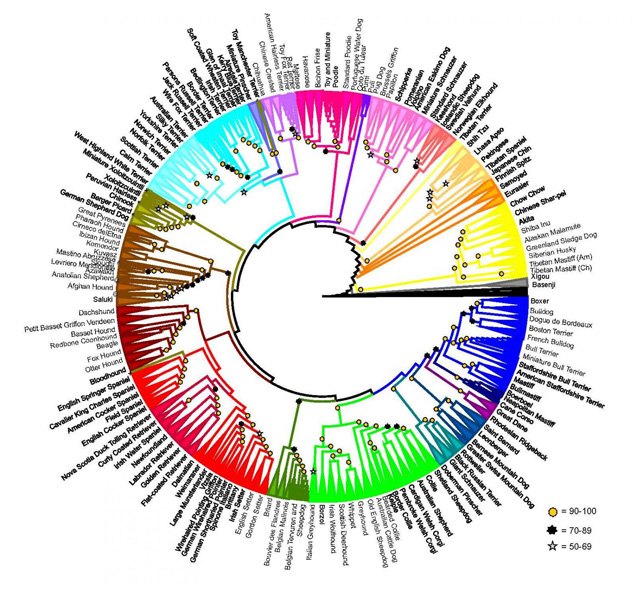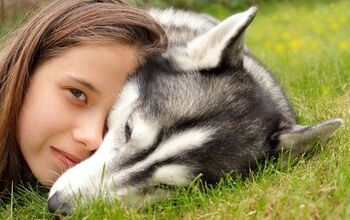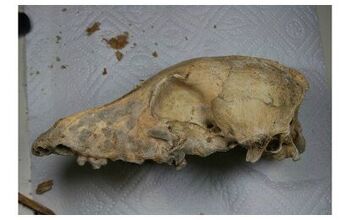114 Views
Canine Family Tree Maps the Evolution of ‘New World Dog’

by
Lori Ennis
(IC: )
Published: April 28th, 2017
An expansive map following the genetic sequences of 161 modern breed dogs provides new evidence that shows canines traveled with humans across the Bering land bridge over 15,000 years ago.
Predictably, though, dogs like retrievers and setters were close on the family tree, as were spaniels, in that for the most part, their European backgrounds were not cross-bred for much more.

Lori Ennis
More by Lori Ennis
Published April 28th, 2017 12:00 AM
























